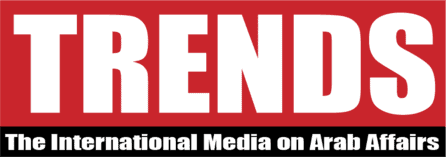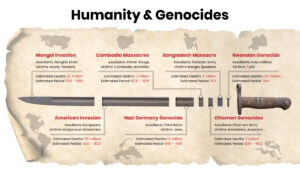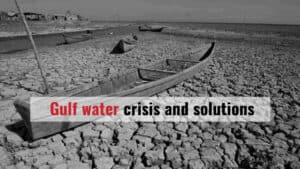Following a year of economic distress, GCC economies are expected to return to an aggregate growth of 2.2 percent in 2021, according to the recent the World Bank Gulf Economic Update (GEU).
The “COVID-19 Pandemic and the Road to Diversification” report also highlighted that the Arab countries, in general, are on the recovery mode.
This growth is buoyed by the global economic recovery, projected at 5.6 percent and the revival of global oil demand and international oil prices.
One of the best ways to judge the strength of a country’s economy is to look at its trade balance, or the difference between exports and imports. If exports surpass imports, the trade balance is surplus. If imports surpass exports, the trade balance is deficit.
This week’s TRENDS Explainer Video focuses on top Arab economies in terms of trade balance in the year 2020.







